Nutri specializes in medical nutrition products designed to enhance the quality of life for patients and lower medical costs in a rapidly aging society. Their offerings, which include thickening agents and semi-solid enteral nutrition, address the needs of patients with swallowing disorders and those requiring tube feeding. With a focus on taste, nutrition, and local adaptation, they aim to expand their presence in Asia and contribute to the future of home-based care, all while adhering to varying international regulations and achieving high product quality standards.
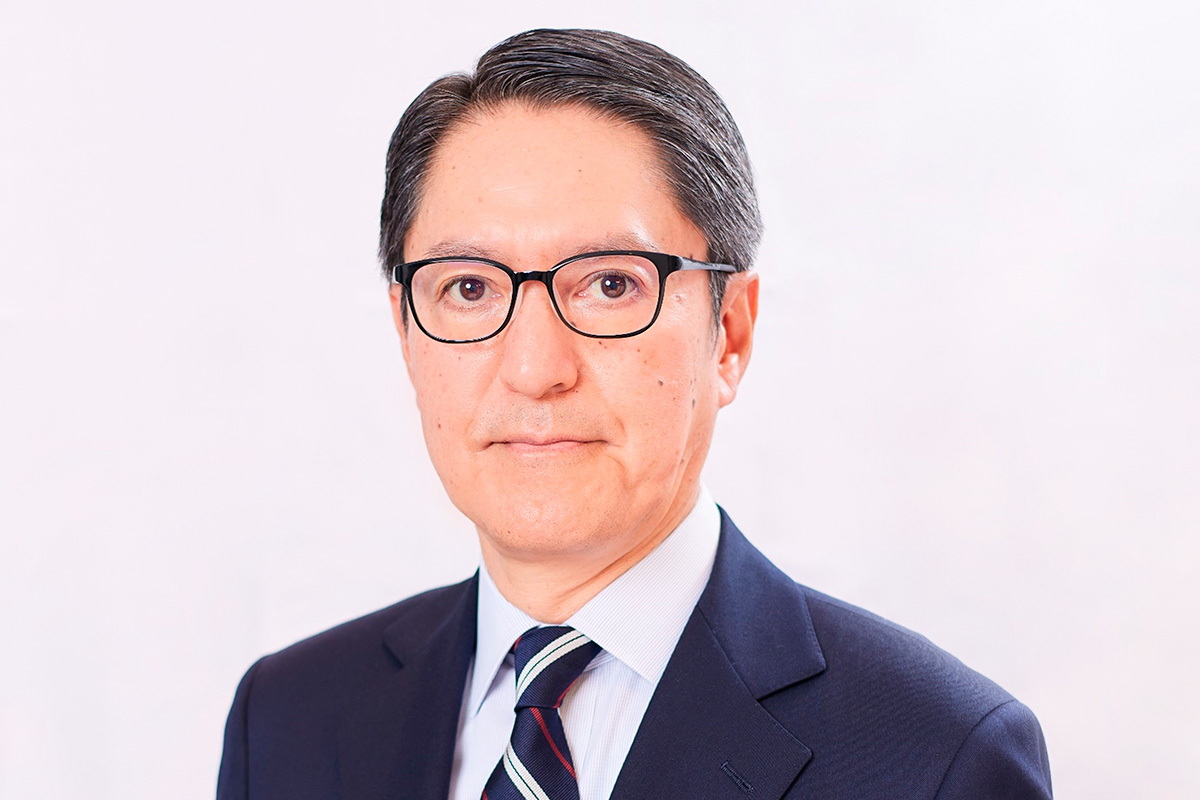
Can you provide a brief overview of your company?
In the medical management of patients with specific diseases or disorders, the primary approach involves surgery, medication, and nutrition. We are a healthcare company specializing in medical nutrition. Through our products, we aim to contribute to improving the quality of life of patients and their families, improving the efficiency of medical practice management, and curving the growth of medical costs. It's important to note that our products are designed for medical or clinical nutrition rather than as supplements or health foods and what sets our products apart is that they are basically administered through the guidance and advice of qualified medical professionals, including doctors, nurses, and nutritionists.
Currently, Japan is facing difficulty in increasing national medical health expenditures due to the growing demand for healthcare services in a super-aging population. Hence, we are actively working on the effective introduction and implementation of medical nutrition as per previously mentioned contributions, including a preventive medicine strategy. Our role is to play a part in mitigating the challenges posed by Japan's rapidly aging society.
The Japanese Ministry of Health and Welfare is restructuring the country's hospitals, categorizing them into acute medical care, convalescent medical care, and chronic medical care facilities. In response to the aging demographic, the Japanese government is focused on expanding the number of convalescent care facilities.
This shift aims to reduce the burden on traditional hospital settings, which may experience shortages in terms of hospital beds and medical staff required to care for the aging population. Consequently, transitioning to home care becomes necessary, ensuring that patients ideally receive the same level of care they would in a hospital or nursing care facility but in the comfort of their own homes.
When we interviewed Japan Lifeline, a trading medical company specializing in cardiac pacemakers, we discussed the impact of the COVID-19 pandemic on Japanese hospitals. At that time, hospitals were overrun, lacking sufficient beds to accommodate patients. This situation underscored the challenges faced by Japan's healthcare system, which struggled not only with a pandemic but also with the demands of its aging and ailing population. In the aftermath of the pandemic, doctors found themselves working incredibly long hours and, as a result, began to seek revised working conditions. The need for home-based care will involve many people who are not experienced doctors or nurses. Could you tell us how your products are catering to those people who are not experienced in delivering medicines to elderly or sick people? How do you ensure simplified ease of use so that anybody can administer these nutritional-based products?
Regarding our products, it's essential to emphasize that they are mainly administered under the supervision of medical professionals. Having said that, the administration of our products and their nutritional contents aren't complex. For instance, if a patient who has been hospitalized for an extended period transitions to home-based care, nurses or nutritionists provide guidance on using our products. Our primary goal is to establish a seamless connection between medical care, nursing care, and home-based care.
The government is actively working toward developing local communities and interconnected care. This involves creating a comprehensive network of prevention and treatment by connecting homes, medical facilities, nursing care centers, and local care community organizations.
Each of these entities plays a vital role in providing support. We are dedicated to making our products accessible to local patients through e-commerce platforms and a detailed website that offers guidance and instructions about product intake. The key word is cross-linking various professionals, including doctors, nurses, nursing care specialists, nutritionists, and anyone involved in patient care.
However, it's important to acknowledge that achieving a service level to is closer to that of nursing care facilities or medical institutions in home-based care is a significant challenge. As Japan leads the way as a super-aging society, it's vital that we continue to evolve to mitigate the impact of this demographic shift. Once we establish a successful home-based care system as a company, we are interested in exporting this model to other countries that are also experiencing the challenges of a super-aging society, such as Korea, China, Taiwan, and eventually some of ASEAN countries. The demand for our products is expected to be substantial in these regions.
Health foods often contain concentrated nutrients or specific ingredients for health purposes, which may not always be pleasant to the human palate. Also, these products need to achieve the right balance of nutrients to meet dietary or health needs while avoiding an excess amount. How do you achieve the right balance between the intake of nutrients and the flavor of your products?
Our food products, such as VCRESC CP10 drink (mixed fruit flavor), offer essential nutrients for patients with pressure ulcers, including collagen peptide, zinc, and vitamin C. This product was developed based on the scientific proof that collagen peptide involves skin revitalization, while zinc and vitamin C are involved in making proteins and collagen which are some of the materials for the skin tissue.
Patients who are hospitalized for extended periods often face the risk of developing pressure ulcers. When these ulcers become severe, the damage sometimes extends to the bone. Hospitalized patients typically receive three meals a day, consisting of three major nutrients (carbohydrates, protein, and fat) for example in rice, meat, or fish. We complement their meals with a VCRESC CP10 drink (mixed fruit flavor) containing necessary vitamins and minerals in addition to three major nutrients mentioned above, which serve the dual purpose of treating existing pressure ulcers and preventing their occurrence. While pharmaceutical products must adhere to strict regulations under the Pharmaceutical and Medical Device Act, our foods for special dietary uses were developed under the health food category. The clinical trial for the VCRESC CP10 drink (mixed fruit flavor) product was conducted to confirm the scientific proof for being able to be used as the nutritional therapy for patients with pressure ulcers and the document for such clinical trial data was submitted to the proper governmental office, Consumer Affair Agency and was approved for such purpose.
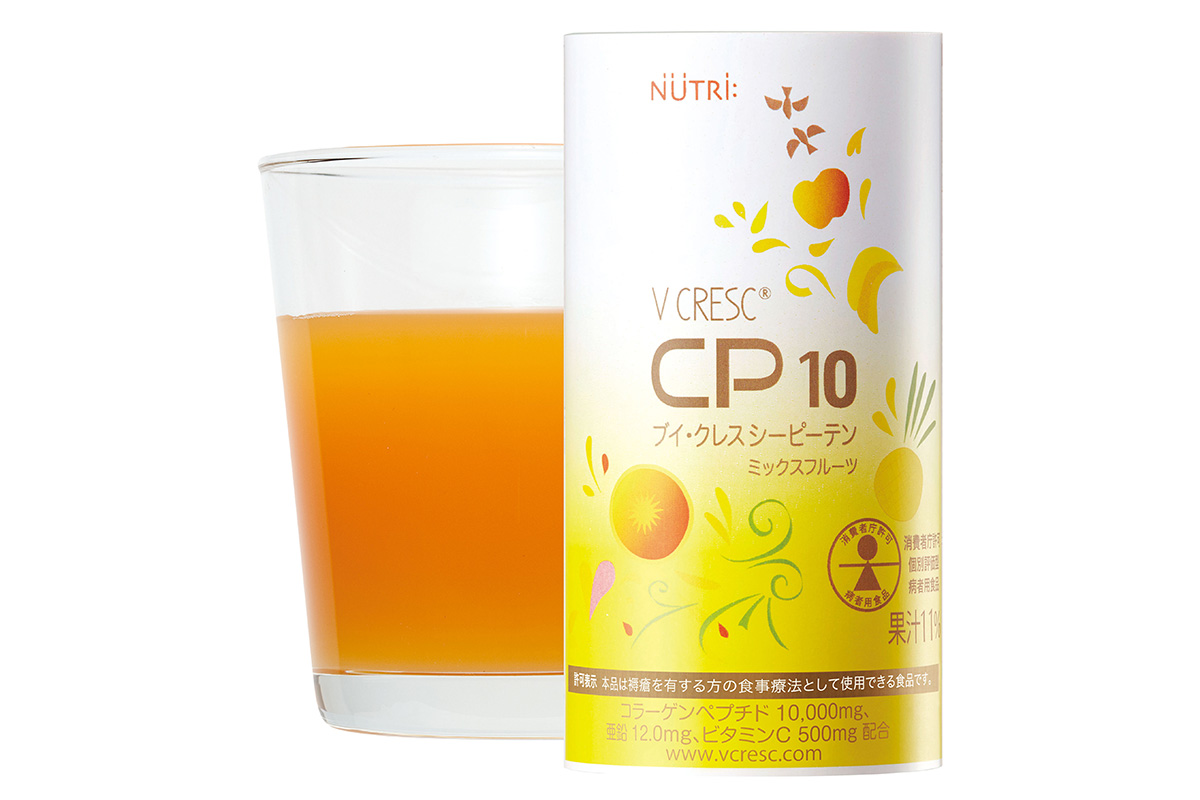
One of the representative products is the V CRESC CP10 drink(mixed fruit flavor).
Through our research and development efforts, we have optimized the nutritional content of our products. Furthermore, we recognize that the most of patients with malnutrition or serious illness may have difficulty consuming large quantities of food containing the necessary nutrients, so we are focusing on creating high-energy or high-calorie food in smaller portions. We also put a high priority on ensuring that our products are not only nutritious but also tasty for patients. We achieve this by conducting numerous taste experiments.
Additionally, we have developed a food thickener for patients with difficulty swallowing like dysphagia. These patients often rely on nasal tubes or tubes directly connected to their stomach or intestines when they are not able to take the food orally. Therefore, depending on the patient’s severity of dysphagia, the aroma and taste of the food are crucial to prevent food rejection, which can lead to vomiting. Even though these patients do not take the food orally, we place great emphasis on providing a pleasant taste experience.
Regardless of the way of administration like oral or tube feeding from nasal and gastric fistula, it is also a feature that our products are being developed and created with more visually appealing and attractive packaging, which extends beyond the conventional standards of medical and nursing care food products.
Are there any particular products that you're looking to export first? There are still different regulations regarding healthy foods used in hospitals. With the products you plan to export overseas, what strategies will you employ to fit these health regulations? Are you looking for partnerships in these countries to help understand these regulations and further expand your business?
Our top priority is the thickening agent, which is available in powdered form and serves patients with difficulty for swallowing like dysphagia. This agent plays a critical role in determining a patient's ability to swallow, which is a crucial diagnostic and therapeutic step. It is also used for determining the patient’s route of administration for taking nutrition. This agent not only aids in diagnosis but also in training patients to improve their swallowing abilities. While we emphasize the importance of taste in our products, our ultimate goal is to help patients regain the ability to swallow and enjoy regular food.
Regrettably, patients unable to ingest nutrition orally, resort to tube feeding, which can involve delivering nutrition via the nasal, stomach, or intestines. There are many cases that which administering nutrients early on promotes faster recovery. We have already exported our thickening agent to Korea, China, and Taiwan, where we have local representatives. We are also playing a role in providing scientific/technical and marketing support on the correct and optimal utilization of our products in those countries for the purpose of contribution to medical care and nursing care there.
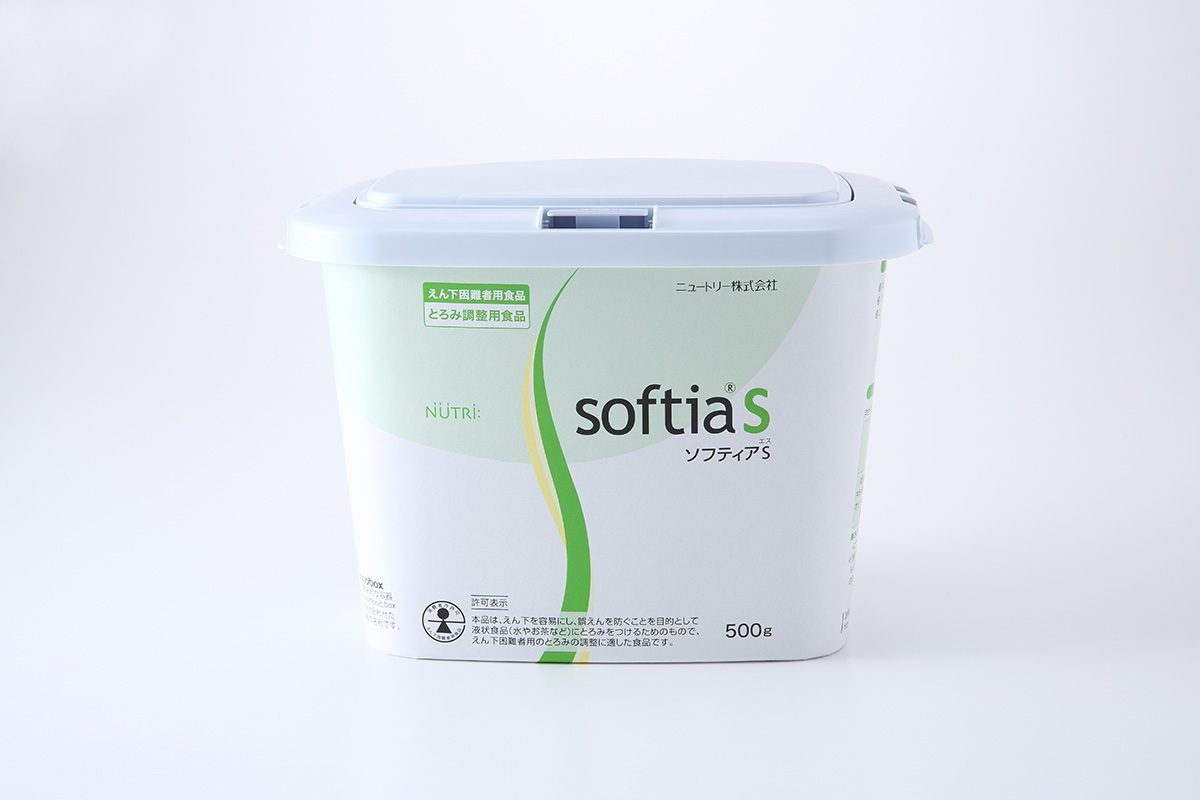
Food&Drink thickener, "Softia S" is widely used in hospitals and nursing homes in Japan.
The second nutritional product we export can either be directly administered to the nasal and gastric fistula, which is the viscosity adjustment pectin solution. Enteral nutrition (EN) products or liquid nutrients to be directly administered to the stomach or intestines can sometimes lead to the complications such as diarrhea, vomiting and dumping syndrome or sudden increases in blood sugar levels. These issues hinder the absorption of nutrition, slowing down recovery. Diarrhea, for example, can create extra work for nurses in cleaning up patients' beds. This is just one example of how our products contribute to the efficient operation of hospitals. Combining the pectin contained in this product and different liquid nutrients in the stomach can create a specific viscosity that helps prevent these complications which is one of our significant advantages. Our goal is to establish our products as the standard in each region by creating actual cases .
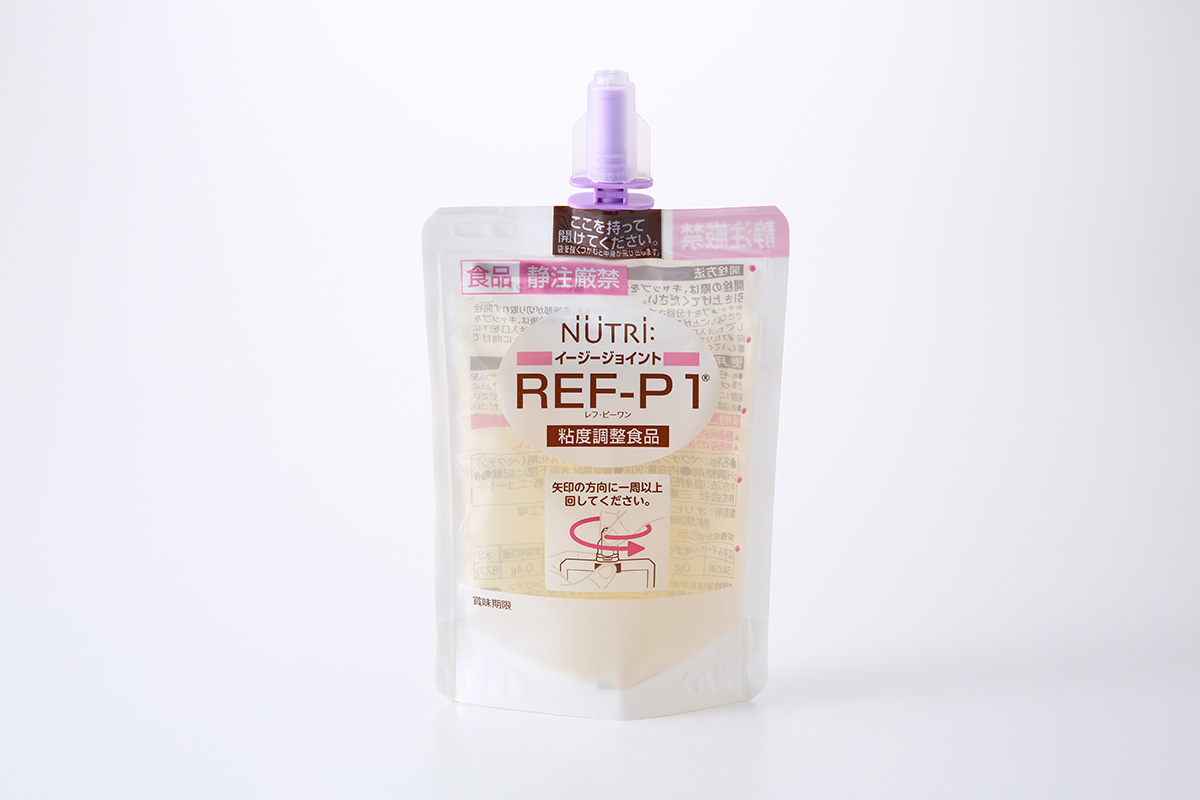
Viscosity adjustment pectin solution
We've introduced a new product category, known as semi-solid enteral nutrition (EN) products. Our overseas business strategy follows a three-step approach. First, we propose our food thickener to determine whether patients can take nutrition orally or require direct tube feeding. Next, we allow patients to experience the benefits of semi-solid EN products by using both the viscosity adjustment pectin solution and liquid nutrients. Finally, we encourage patients to incorporate semi-solid nutrition into their daily routine. Needless to say, such introduction to patients is requested under the guidance and advice of medical professionals.
One of our technological achievements that we take great pride in is our ability to control the viscosity of nutrients, which we believe sets us apart in the market. Patients with swallowing disorders face challenges in taking liquids like cola or milk, as ingesting these liquids can lead to potential lung aspiration and pneumonia. By introducing our food thickener, we increase the viscosity of these liquids, enabling patients to ingest them more slowly and safely, allowing them to practice swallowing and receive essential nutrients directly from the source.
Different countries have varying guidelines regarding the viscosity of thickeners. Japanese and European guidelines, for instance, differ in this aspect, creating a significant challenge for us when exporting to Europe. Moreover, there are also varying regulations governing the nutritional ingredients that can be imported into each country. We are committed to adapting our product formulations to align with local market needs if doing so can contribute to improving the quality of life for patients and the operational efficiency of hospitals in each region.
Another challenge we face is the relatively short shelf life of products depending on the characteristics of some important ingredients, which reflects our primary focus on enhancing taste and nutritional function. To address this, we have devised two strategies. One approach involves local manufacturing by transferring our technology and recipes to local companies. The other approach is to modify the dosage form or shape of our products.
Some of our liquid products have corresponding powder versions with similar contents. While both forms offer the same function in terms of medical and nursing care nutrition, the powder form has a longer shelf life. We place a strong emphasis on collaborating with local companies, recognizing that partnering with those who possess market knowledge is the most efficient way to enter new markets. This approach enables us to provide high-quality nutrition products to patients, hospitals, and nursing care facilities much more quickly.
Speed is of the essence in our operations. In our research and development efforts, we actively engage in partnerships and pursue M&As of businesses and products. We have established a solid reputation in the market as a company offering a wide array of options to meet patients' and medical professionals’ requirements.
Is there anything you are currently working on in your R&D that you would like to showcase to our international readers?
Our primary focus in research and development is centered around semi-solid products. We recognize that the sooner we can deliver essential nutrients to patients, the quicker their recovery. In Japan, semi-solid nutrients have already become the standard, although this is not yet the case overseas. In many foreign countries, liquid nutrients are commonly administered using machinery, which ensures a slow and steady delivery to patients. This method helps reduce the risk of issues like diarrhea or vomiting. However, the drawback is that it's slower in providing nutrients, which can hinder the speed of recovery, depending on the patient’s condition. Additionally, it demands more attention and care from medical personnel, affecting the efficient operation of hospitals.
About two months ago, we partnered with DAESANG WELLLIFE, a major Korean food manufacturer with top market share of “Care foods” in Korea.
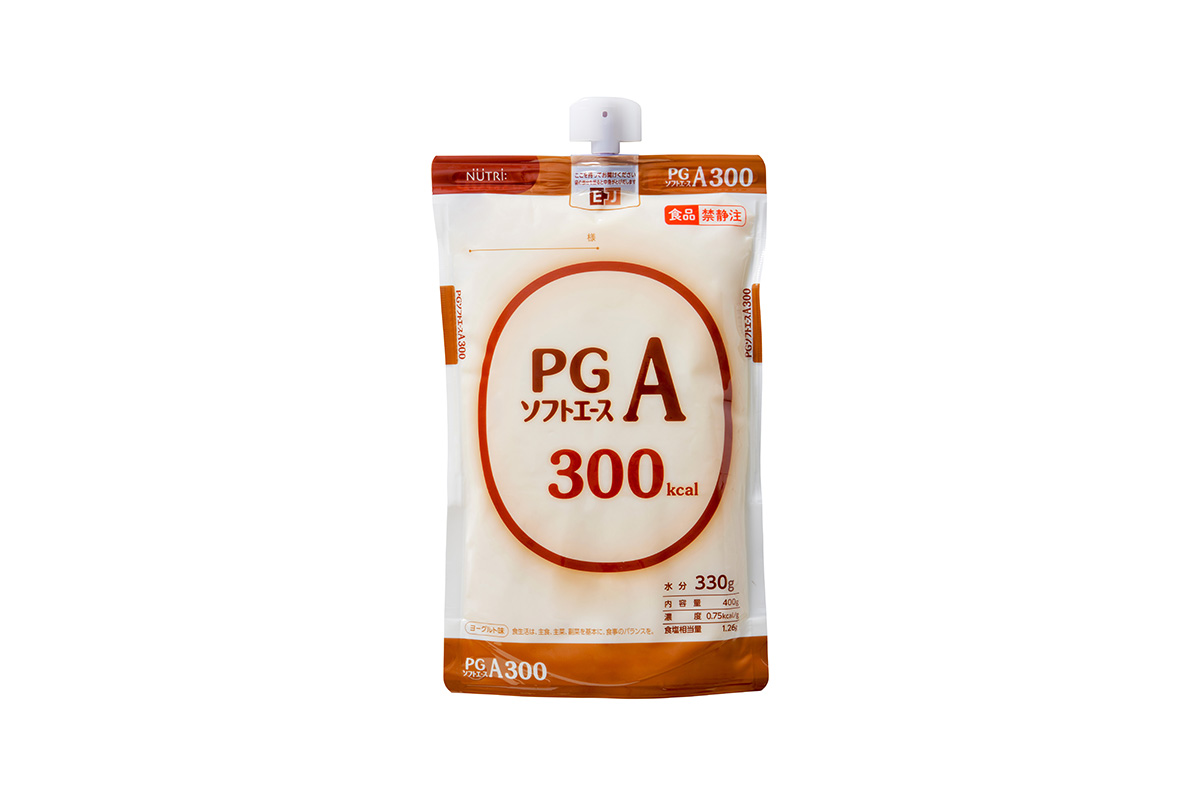
Semi-solid enteral formula, "PG Soft "series.
Your firm was established in 1963. If we were to come back in 2033 for your 70th anniversary and re-interview you, do you have a personal goal or ambition that you would like to achieve for the company in that intervening period?
Japan is on the brink of a significant societal transformation, expecting a super-aging situation in 2033. Presently, the majority of our sales, around 90%, are directed toward medical and nursing care institutions. However, as society evolves, there will be a notable shift towards home-based care. Consequently, our goal is to expand our presence in the home-based care sector and take a dominant role in providing nutrition to patients as much contributing both to medical and nursing care. Additionally, we aim to expand our operations across Asia within the next decade. Upon your return, we look forward to sharing the progress we've made in terms of both quantity and quality in Japan and Asia.
One distinctive feature of Japanese society is its robust social welfare security system. This system includes medical, nursing care, pension, disability welfare, and children's care. The development of Japan has been supported by the government's leadership in the medical financial scheme which is universal health insurance. Japan boasts a well-established healthcare system from Hokkaido to Okinawa, where individuals can access medical care and medications at a low cost without any restriction, subsidized mainly by the government. Furthermore, Japan has implemented a nationwide system that ensures regular medical check-ups for the entire population. The Japanese diet and lifestyle, along with the social insurance system supported by the government, contribute to the nation's impressive life expectancy. It's important to understand that multiple factors contribute to the extended life span enjoyed by the Japanese population.
0 COMMENTS